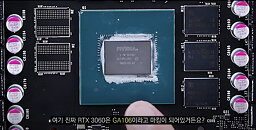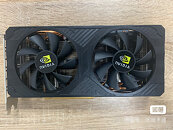Canaan Upgraded Avalon Miner A15 Series with Superior Performance
Cannan, a leading provider of Bitcoin Miners, announced that the company had upgraded Avalon Miner A15 series mining machines. In April 2024, Canaan released its Avalon Miner A1566 air cooling machine with 185 TH/s hash rate and power efficiency ratio of 18.5 J/TH in Hong Kong. After continuous improvements in chips and embedded software in the past months, new Avalon Miner A15 series now features four models: 1, the high-end model Avalon Miner A15Pro with a hashrate no less than 215T and a power efficiency of 16.8J/T; 2, A15XP with a hashrate of 200-212T and a power efficiency of 17.8J/T; 3, A15 with a hashrate of 188-203T and a power efficiency of 18.8J/T; 4, A15SE with a hashrate of 170-185T and a power efficiency of 19.9J/T.
The upgraded Avalon Miner A15 series offers notable excellent hashrate with better power efficiency, to address the escalating computational requirements and meet the diverse demands from customers of different mining scales, in different mining environments, aiming to deliver a more efficient and stable mining experience for miners around the world.
The upgraded Avalon Miner A15 series offers notable excellent hashrate with better power efficiency, to address the escalating computational requirements and meet the diverse demands from customers of different mining scales, in different mining environments, aiming to deliver a more efficient and stable mining experience for miners around the world.





























































